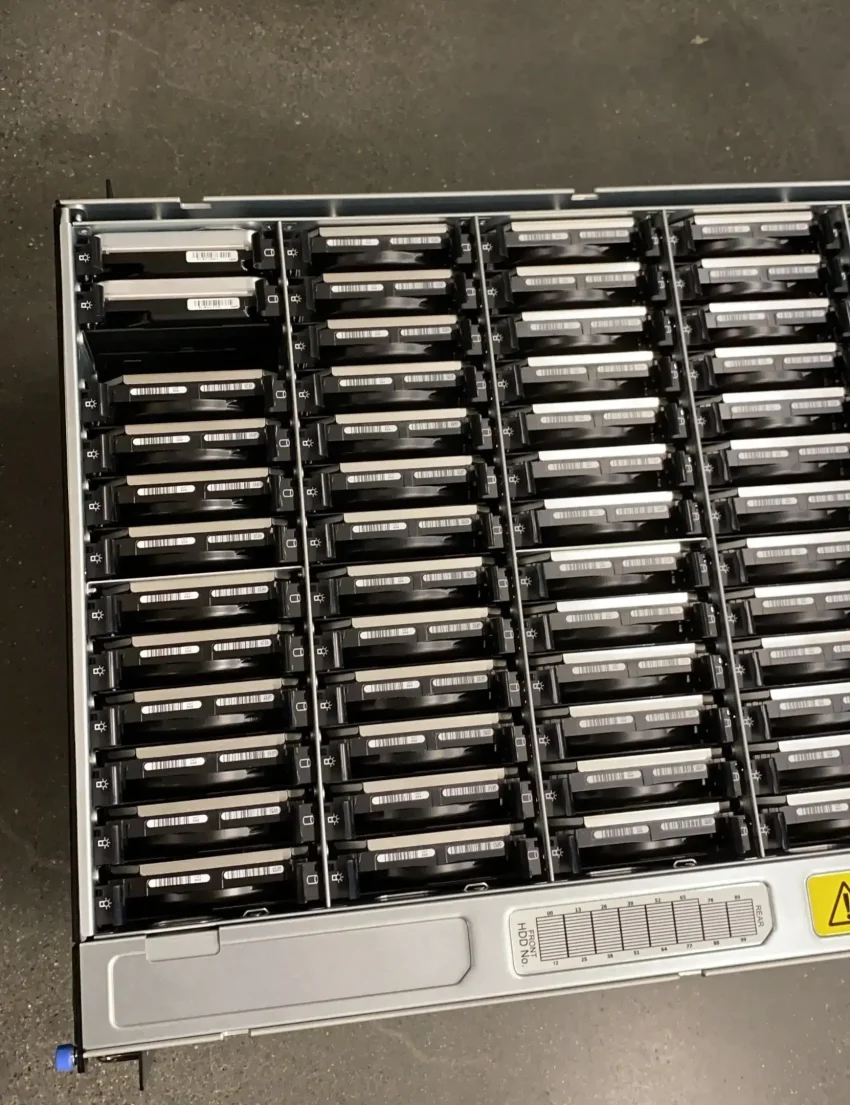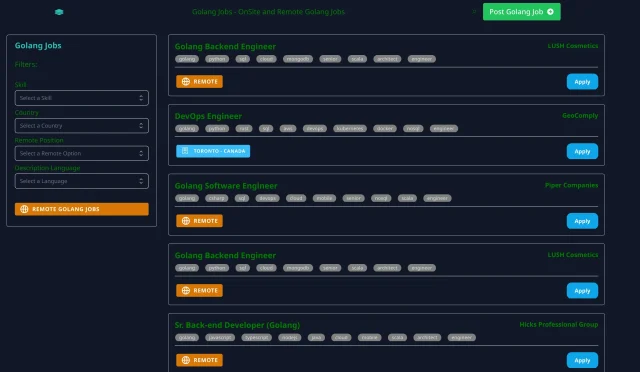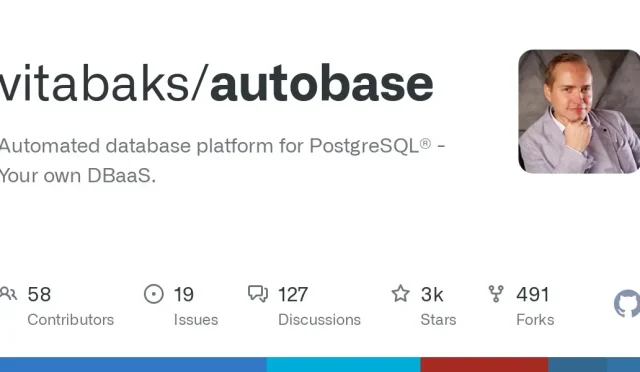Dropbox Seventh-Generation Hardware, Dropbox’s seventh-generation hardware marks a monumental step forward in server architecture, designed to meet the increasing demands of modern cloud computing technology.
As the backbone of one of the largest custom-built data storage infrastructures in the world, this new hardware platform is optimized for both performance and efficiency, enabling seamless operations for AI server platforms.
With innovations such as the Crush, Dexter, and Sonic systems, alongside powerful GPU-enabled options like Gumby and Godzilla, Dropbox is redefining hardware optimization for large-scale workloads.
This evolution encapsulates years of strategic development, leveraging partnerships with suppliers to enhance capabilities and deliver unprecedented performance benchmarks.
The seventh generation isn’t just about hardware; it’s about transforming the foundation of cloud services to support Dropbox’s future growth in a data-driven world.
The latest advancements in Dropbox’s server technology, often referred to as the seventh-generation computing platform, revolutionize how we approach data management and processing.
This state-of-the-art hardware suite is crafted to enhance various data-centered tasks, from routine storage operations to demanding AI computational needs.
With an emphasis on creating an adaptable infrastructure and maximizing processing capabilities, these upgrades focus on providing robust solutions that stand at the forefront of cloud-based services.
By integrating cutting-edge server designs and high-performance components, Dropbox is set to elevate the overall efficiency of its operations, paving the way for future innovations in computing and data handling.
As the tech landscape rapidly evolves, so too does Dropbox’s commitment to harnessing these shifts for improved user experiences.
The Evolution of Dropbox’s Seventh-Generation Hardware
Over the past decade, Dropbox has seen significant advancements in technology and infrastructure, leading to the launch of its seventh-generation server hardware. This evolution showcases a remarkable shift in server architecture, driven by a commitment to hardware optimization. This new set of systems is designed to handle increasingly complex workloads while ensuring that data can be processed and stored more efficiently. As we embrace changes in cloud computing technology, the integration of advanced components such as higher-core CPUs, sophisticated GPUs, and increased storage capacities reflects our aspiration to maintain cutting-edge operational effectiveness.
The seventh-generation hardware marks a pivotal moment in Dropbox’s journey. With foundational changes made in server architecture, the optimizations allow for enhanced performance without compromising on scalability. This generation is equipped not only to support today’s demands but also anticipates future trends in data storage infrastructure, particularly in the growing field of AI and machine learning applications. By harnessing the power of innovative technologies, Dropbox is reinforcing its position as a leader in the digital space.
Partnering for Performance: Collaborations in Hardware Development
One of the cornerstones of the development of Dropbox’s seventh-generation hardware was the strategic collaboration with suppliers. These partnerships facilitated the early adoption of cutting-edge technologies that are fundamental to modern server architecture. By working together on co-development projects, we were able to design hardware that is tailored specifically to our operational needs—leading to superior data handling capabilities and optimized computing performance. The results include faster data transfer speeds and greater storage efficiency, which are vital to keep pace with the rapid expansion in data storage and retrieval requirements.
Through these valuable relationships, Dropbox gained early access to innovations, such as higher-density drives and advanced performance controllers. This collaboration ensured that we could not only source the best components but also fine-tune the firmware to suit our unique workloads. Such partnerships demonstrate how the traditional barriers in data storage infrastructure can be overcome, leading to platforms that are both powerful and adaptable in an ever-evolving technological landscape.
Redefining Efficiency: Thermal and Power Management Strategies
With the advancements brought by Dropbox’s seventh-generation server hardware, addressing thermal and power management became paramount. The new architecture required a significant rethink, particularly as CPU cores became more powerful and demanding on resources. To meet these challenges, the infrastructure design evolved, implementing a four-PDU configuration for improved rack power distribution. This strategic shift not only doubled the available power but also enhanced the cooling efficiency necessary for the high-performance CPUs, ensuring dependable operation even under heavy workloads.
These thermal management strategies are crucial for maintaining server integrity in an environment where servers are expected to perform at peak efficiency. By closely analyzing airflow patterns and adjusting them accordingly, Dropbox’s data centers are now equipped to handle the rising power demands associated with advanced CPU and GPU technologies. This proactive approach to power and thermal challenges underscores Dropbox’s commitment to building a sustainable and efficient cloud computing technology ecosystem.
Leveraging AI with Enhanced GPU Capabilities
As artificial intelligence continues to be a focal point in tech innovation, Dropbox’s seventh-generation server hardware has embraced this by introducing dedicated GPU tiers. Specifically, the Gumby and Godzilla server tiers are tailored for different scales of workloads—enabling the handling of various AI tasks with increased throughput. This differentiation is not just about added power; it’s also about applying hardware optimization techniques to cater to diverse computational needs efficiently.
The road to integrating GPUs into our server architecture has allowed us to elevate our data processing capabilities significantly. With AI workloads driving the demand for faster computations, the ability to seamlessly switch between lighter and more intensive tasks on our hardware means that Dropbox can continue to deliver high-quality user experiences. As AI technologies advance, our server infrastructure is poised to adapt and thrive, demonstrating how we are continually aligned with the industry’s future direction.
Learning from Experience: Insights Gained in Infrastructure Development
The journey toward the seventh-generation server hardware was not without its lessons. Each transition brought invaluable insights into managing rising power demands and the importance of collaboration with suppliers. By adopting a product-first approach, Dropbox was able to tailor hardware solutions that directly responded to software requirements. This iterative process reveals how strategic planning and responsiveness to ongoing challenges can dramatically enhance the overall performance and flexibility of infrastructure.
Moreover, these experiences have emphasized the importance of infrastructure as a core strategic component of our growth. The understanding that hardware development must align with the evolving needs of our platform has strengthened our commitment to continuous improvement. Going forward, these lessons will be critical as we prepare for the next generation of hardware technology, ensuring that Dropbox remains resilient and forward-thinking in its operational approach.
Cloud Computing Technology: Supporting Tomorrow’s Needs Today
Cloud computing technology is advancing rapidly, and Dropbox’s seventh-generation hardware is a testament to that progress. With the ability to scale from local to exabyte-level storage, our architecture supports the complexities of modern data demands. Enhanced storage bandwidth, more efficient data processing capabilities, and a commitment to reducing latency are all reflections of how we are preparing our infrastructure for future challenges in cloud computing.
By focusing on maximizing system throughput and balancing I/O capabilities, Dropbox is paving the way for applications that require not just data storage but intelligent data processing solutions. This positions us well within the broader landscape of cloud solutions, where the emphasis is on providing responsive, robust infrastructures that can support emerging technologies and user expectations. Our approach to design and optimization is central to this initiative, ensuring that every component of our server architecture is aligned with the needs of tomorrow.
The Future of Dropbox’s Infrastructure: What Lies Ahead
As we look to the future, the lessons learned from developing our seventh-generation hardware will shape our ongoing strategies. The iterative design process and integration of state-of-the-art technologies will allow us to remain at the forefront of server architecture innovation. Dropbox is focused on building flexible systems that can adapt to changes in both user demands and technological advancements. This proactive mindset will drive our future developments, ensuring we are well-prepared to leverage new opportunities that arise.
The commitment to excellence in hardware optimization, improved power management, and the integration of next-gen components will remain pivotal to our mission. As we continue to refine our infrastructure, we anticipate that this approach will not only meet the growing needs of our user base but also facilitate our goals in AI and advanced data processing. The journey does not end with the current generation; rather, it is an exciting launchpad for the next breakthroughs in Dropbox’s commitment to efficiency and innovation.
Co-designing for Efficiency: Collaboration Between Hardware and Software
The seventh-generation server hardware at Dropbox highlights the essential collaboration between hardware and software design teams. From the outset of the project, bringing software engineers into the discussion ensured that our architecture was planned around the practical needs of our applications. This co-design strategy has proven vital as we strive for platforms that are not only powerful but also optimized for performance across our service offerings.
By aligning hardware capabilities with software functionalities, we can create systems that deliver enhanced speed and reliability. This synergy is particularly critical in areas like database performance and AI processing tasks, where every millisecond counts. By bridging the traditional gap between hardware and software, Dropbox is strategically positioned to maximize the benefits of its infrastructure investments, ultimately leading to superior user experiences.
Building Custom Infrastructure for a Unique User Experience
The transition to Dropbox’s seventh-generation hardware underscores the importance of custom-built infrastructure. By designing our own server systems, we are not merely following market trends; we are shaping the way data is processed and stored to suit our specific user needs. This custom approach enables us to tailor performance metrics, enhance scalability, and optimize for costs, resulting in a unique user experience that sets us apart from generic offerings in the cloud computing landscape.
This commitment to customization reflects a deep understanding of our user base and their requirements. With a rapidly changing digital environment, the ability to innovate and adapt our hardware infrastructure ensures that Dropbox can deliver the performance that users expect while providing the tools necessary for effective data management and storage solutions. This user-centric philosophy is at the core of our ongoing evolution, driving the development of future technologies.
Frequently Asked Questions
What are the key features of Dropbox’s seventh-generation hardware architecture?
Dropbox’s seventh-generation hardware architecture features increased storage bandwidth, double the available rack power, and a new storage chassis designed to minimize heat and vibration. This latest server architecture optimizes performance for compute, database, and data storage operations, making it ideal for AI server platforms.
How does Dropbox ensure hardware optimization in its seventh-generation server systems?
To ensure hardware optimization, Dropbox collaborated closely with suppliers to develop high-performance storage platforms. This co-development approach enabled the integration of higher-density drives and tailored firmware adjustments, leading to enhanced performance in its cloud computing technology.
In what ways does Dropbox’s seventh-generation hardware support AI server platforms?
The seventh-generation hardware supports AI server platforms by introducing new GPU tiers like Gumby and Godzilla, designed for both lightweight and high-throughput tasks. These GPUs enhance processing capabilities for AI workloads, ultimately fostering the development of advanced AI products such as Dropbox Dash.
How has Dropbox’s data storage infrastructure evolved with its seventh-generation hardware?
Dropbox’s data storage infrastructure has evolved significantly with the introduction of the seventh-generation hardware, boosting overall capacity to over an exabyte. The design prioritizes maximizing physical storage space, ensuring bandwidth beyond 200Gbps, and improving database performance with reduced replication lag.
What lessons did Dropbox learn from previous generations of server architecture when developing the seventh-generation hardware?
Dropbox learned that early collaboration with suppliers facilitates hardware advancements, while a product-first strategy directly addresses software needs through specific hardware capabilities. Additionally, the rising power demands necessitated considerations for improved thermal management and airflow patterns.
How does Dropbox manage power and thermal requirements in its seventh-generation hardware systems?
The management of power and thermal requirements in Dropbox’s seventh-generation hardware includes transitioning from two to four Power Distribution Units (PDUs) per rack, effectively doubling rack power. This redesign supports higher-core CPUs while tackling challenges related to thermal management.
What impact does the seventh-generation hardware have on Dropbox’s cloud computing technology?
The impact on Dropbox’s cloud computing technology includes enhanced system throughput, reduced latency, and improved price-performance metrics. The updated server architecture is now better equipped to handle diverse workloads, including advanced AI applications, thereby improving overall service delivery.
How does the seventh-generation hardware enhance database performance within the Dropbox infrastructure?
The seventh-generation hardware enhances database performance by upgrading the CPU on the Dexter platform, achieving a significant increase in instructions per cycle and base frequency, which leads to a notable reduction in replication lag and improves response times for database queries.
What challenges did Dropbox address in its storage strategy with the seventh-generation hardware?
Dropbox addressed challenges such as managing acoustic and vibrational interference from increasing drive capacities within its storage strategy. By redesigning their SAS topology and optimizing space utilization, Dropbox effectively enhanced the reliability and efficiency of their storage systems.
How does Dropbox’s seventh-generation hardware contribute to future advancements in technology?
Dropbox’s seventh-generation hardware lays a solid foundation for future advancements by creating tightly integrated platforms that are optimized for their specific needs, facilitating ongoing evolution and flexibility to accommodate growing demands in data storage and AI capabilities.
| Key Features | Details |
|---|---|
| Performance Improvement | Supported by a refreshed CPU lineup achieving a 40% performance increase over the previous generation. |
| Database Enhancements | Dexter platform improvements led to a 30% increase in instructions per cycle, reducing replication lag. |
| Storage Capabilities | Designed for over 200Gbps bandwidth to accommodate larger drive capacities. |
| Thermal and Power Management | Switched to four PDUs per rack to support higher core CPUs, doubling available rack power. |
| GPU Integration | Introduction of two GPU tiers: Gumby for lightweight tasks and Godzilla for high-throughput workloads. |
| Supplier Collaboration | Close partnerships with suppliers have led to early access to new technologies and optimized firmware. |
Summary
Dropbox seventh-generation hardware represents a significant advancement in our server infrastructure. With this new rollout, we emphasize performance, efficiency, and scalability, ensuring we are well-prepared for the demands of modern AI applications and growing user bases. Our strategic focus on co-developing technologies with suppliers has enhanced our capabilities and optimized our hardware environment. As we embark on this new chapter, the foundation laid by our seventh-generation hardware will propel us into a future of innovation and excellence in storage and computing.







